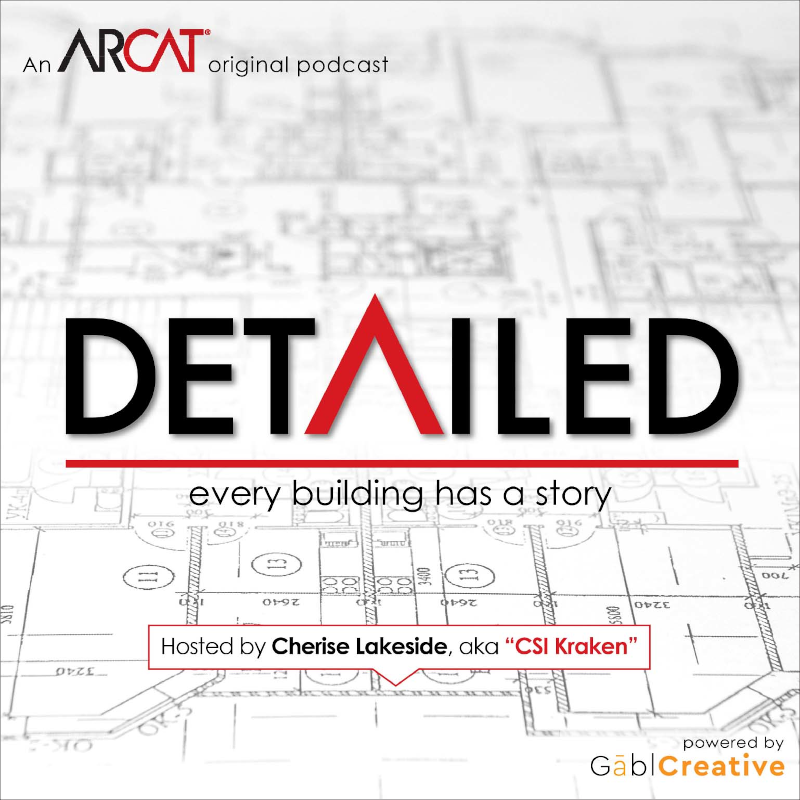|
Contributed by Jason Spangler For years now, the in situ relative humidity (RH) test for measuring the moisture condition of concrete has been shown to be the most reliable, accurate test available.
As far back as the 1960s, laboratories at the Portland Cement Association conducted controlled tests that verified the accuracy of RH testing. This research was followed by years of additional testing at Lund University in Sweden and elsewhere. In 2002, ASTM International first established the F2170 standard for conducting RH tests on concrete slabs. The research confirmed two key discoveries:
Other methods typically involve taking measurements only at the surface of the slab. As the research has found, a surface-based moisture test can’t provide an accurate measure of a slab’s true moisture condition. That’s because it doesn’t account for the moisture conditions deeper within the slab, and those conditions are typically quite different than conditions at the surface. The Standard Evolves as the Science Tells Us More The initial ASTM F2170 for in situ RH testing was established in 2002, after continuing research at Scandinavian universities in the 1990s identified the exact specifications for conducting a reliably accurate RH test—placing the test probe at 40 percent depth for slabs poured on grade or 20 percent for slabs drying from both sides. After these scientifically-validated specifications were firmly established, ASTM International published a usable standard. Until now, the ASTM F2170 standard has required a 72-hour waiting period between drilling the test holes where the RH probes are placed and taking official RH measurements. In practice, readings are often taken before the 72 hours has passed, so contractors have an idea of how things are trending. But because the official readings couldn’t be taken before 72 hours, that meant all decisions and work were basically on hold for those three days. Full stop. Yet we’ve seen how the research on the RH test method has helped to refine our understanding of how best to use it. This trend continues. In 2014, a Precision and Bias (P&B) study, commissioned by the ASTM committee, tested for differences in RH readings at various intervals within the 72-hour period. In part, the idea was to assess if it is actually necessary to wait the full 72 hours for an accurate, actionable moisture readings.
0 Comments
Contributed by Cherise Lakeside If you haven’t read my previous blogs, as a bit of history, I have worked in Architecture for most of my career (in 3 different firms), as well as in Construction and Engineering. All of these firms did some form of public work. A couple of them performed public work almost exclusively, one of which I was at for 23 years.
I guess that is a long way of saying that I have worked on, and prepared architectural specifications, standards and documents for a ton of public projects over my 30+ year AEC career. I would venture to say that I am fairly well versed in what it takes to get a public project out the door. You could also say that I have seen it all. For those without experience in public projects, the differences in the documents between public and private work are notable and they typically take a lot more time. Why is that you ask? Besides the typical code compliance items that need to be addressed, public work requires compliance with public contracting laws and bidding procedures. Public contracting laws vary from State to State. In addition to State rules, you may also have to deal with Federal, City, County, Environmental, local jurisdictions and then the actual specific public agency’s rules, as well. Also, many public agencies also require at least three equal products on everything in the building to promote competitive bidding, since it is a low-bid wins environment. This is not always easy to do and there really is no such thing as perfectly “equal” products. This also leaves room for dispute. These rules are the law and must be complied with. If they are not, a Contractor may have right to file a dispute and have the bids thrown out to force a rebid. Contractors watch for these things, as it may give them another avenue to pursue if they are not the low bidder. To add on to the complexity, many of the specific agencies have their own front end documents (Divisions 00 and 01), which may not be coordinated with your technical specifications. Some agencies have their own technical specifications, as well. These are documents that you are expected to work with, you have never seen before and you have no background on the decision making process of the content or the qualifications of the agency staff who wrote the content. You have no idea if it is even current. And often, it isn’t. Contributed by Eric D. Lussier This week marks two years of Let's Fix Construction. Cherise Lakeside and I have gone into the founding and the why many times over these last 730 days, both here on our blog and on the LFC Podcast.
It was at first a whirlwind founding and medium. It was quickly legitimized by the feedback we instantly received. We've stuck with it and we don't plan on turning around anytime soon. Why? Because what we're discussing has to occur in some way, shape or form. The contract model, which holds our communication to a limited chain, is working in fewer and fewer applications. The specialists rarely get to speak to the proper party on a construction project, and that, unfortunately, is a shame. As we've mentioned, our workshops have been a fantastic interactive medium to introduce the no holds barred, no contract model, and we don't plan on letting up on this opportunity. So, where now? We're two years in and we should at the very least look two years forward. One immediate thought is a theme called 'What COULD You Do?'. Due to the contractual model, there are only a handful of responses that a party could do, due to the contracted model between the two (or more parties) and how you can communicate and respond to any given scenario. Another thought is a theme called 'What WOULD You Do?'. A short issue or concern where you could address what you would do to react and respond to a certain scenario. Another thought is 'What SHOULD You Do?'. This is indeed different than the question of 'What could you do?' or 'What would you do?' and the same issue posed could offer two distinct answers based on honesty, contractual liability or flexibility. Let's Fix Construction is just starting. We have a long way to go. What do you want to see? What COULD you do, if given the choice? WOULD you do, if given a choice? What SHOULD you do? Let's fix construction. Let's do it together. Let's not wait any longer. Contributed by Eric D. Lussier Earlier today, while researching job ads on Craigslist, I came across a help wanted post for flooring installers that had some interesting exclusions and language: My immediate thought was ‘boy, does this guy have some nerve to post an ad like this!’.
But then I thought about it more. I put myself in the post creator’s shoes for a minute and I immediately knew where he was coming from. Having written ads on Craigslist for flooring installers and laborers myself, and even going so far as to register the domain workinflooring.com to find potential applicants, I know full well that there are very good reasons why these requirements were listed in the above ad. Much like the list of terms and conditions that my company has in our proposals to clients, there are legitimate explanations for each and every one of those items being there. Typically, an item is added to our terms because at least one time in the past, a situation arose on a project jobsite that necessitated declaration for potential future work. I don’t even need to jump to conclusions to know that every item listed above is spelled out, in ALL CAPITAL LETTERS at that, because he’s seen it first-hand. But without even knowing who this person was, I could easily envision the scenario, and it hits very close to home. They’re a small business. They’re owner-operated, and chances are, the owner is the lead installer, as well as chief cook and bottle washer. They don’t have a marketing division, nor a human resources department. They have more than enough work to keep them busy at peak times and when times are lean, everyone in the company feels the pinch. I could just as well be describing my day job. I could also be describing thousands of other small businesses across the nation. In early June, the United States Department of Labor released the news that for the first time since statistics were tracked in 2000, the number of American job openings exceeded the number of job seekers. As a result of this ratio, business owners may feel that they have to say yes to someone who comes along unqualified, because they answered an ad. Chances are the Owner is short on time. They’re short on employees. They have bigger fish to fry and more important tasks to accomplish. And that is why, out of sheer frustration, after hiring and firing a times over, Mr. Craigslist Ad posted the above. |
AboutLet's Fix Construction is an avenue to offer creative solutions, separate myths from facts and erase misconceptions about the architecture, engineering and construction (AEC) industry. Check out Cherise's latest podcast
Get blog post notifications hereArchives
March 2022
Categories
All
|






 RSS Feed
RSS Feed
